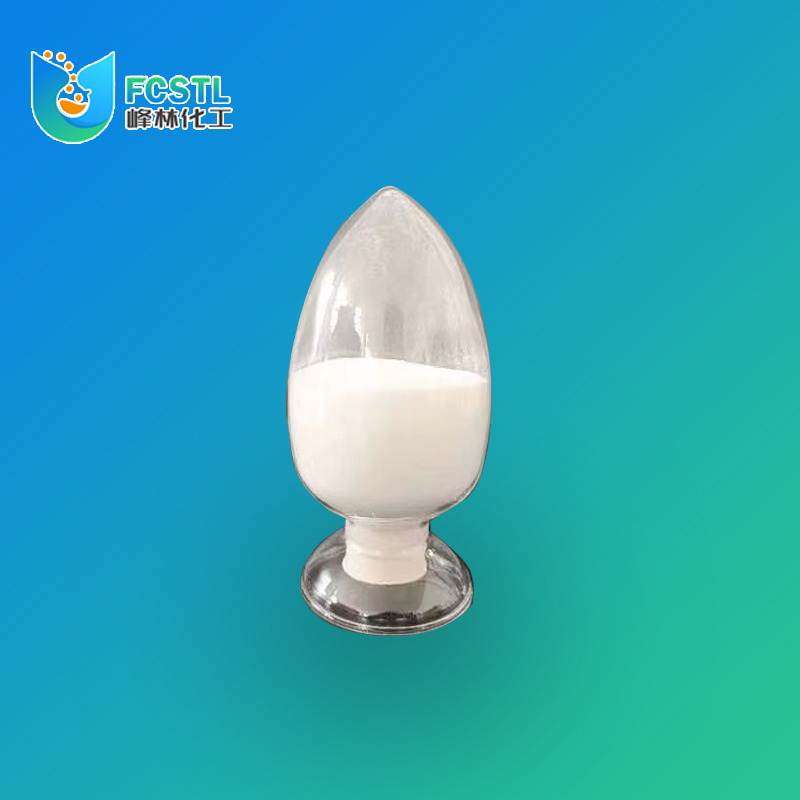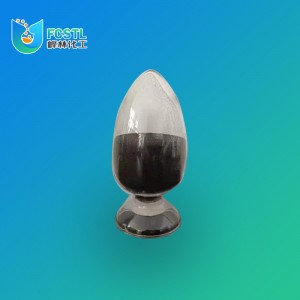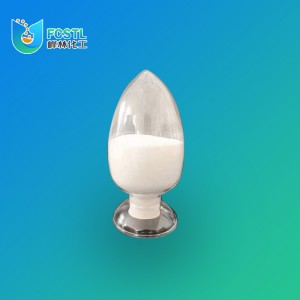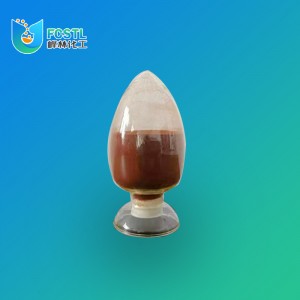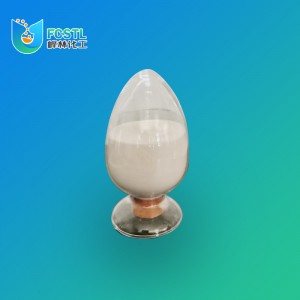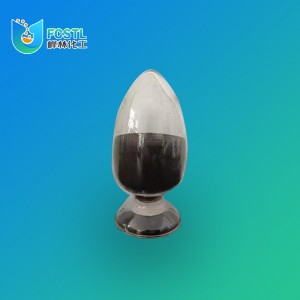FC-605S Fluid Loss Control Additives
• FC-605S is a polymer fluid loss additive for cement used in oil well and formed by copolymerization with AMPS as main monomer with good temperature and salt resistance and in combination with other anti-salt monomers. The molecules contain a large number of highly adsorptive groups such as - CONH2, - SO3H, - COOH, which plays an important role in salt resistance, temperature resistance, absorption of free water, water loss reduction, etc.
• FC-605S has good versatility and can be used in a variety of cement slurry systems. It has good compatibility with other additives and plays a part in viscosity and suspension promoting because of large molecular weight.
• FC-605S is suitable for wide temperature with high temperature resistance up to 180℃. After use, the fluidity of cement slurry system is good, stable with less free liquid and without retarding set and strength develops quickly.
• FC-605S is suitable for fresh water/salt water slurry preparation.
Foring Chemical FLCA is a low-cost polymeric fluid loss additive designed for reducing high temperature high pressure (HTHP) fluid loss which are effective for use in differing conditions and requirements, such as high temperatures and high salt concentrations. FC-605S is a reliable and effective solution for addressing fluid loss during oil field cementing.
| Product | Group | Component | Range |
| FC-605S | FLAC MT | AMPS | <180degC |
|
Item |
Index |
|
Appearance |
White to light yellow powder |
|
Item |
Technical index |
Test condition |
|
Water loss, mL |
≤50 |
80℃,6.9MPa |
|
Multiviscosity time, min |
≥60 |
80℃,45MPa/45min |
|
initial consistency, Bc |
≤30 |
|
|
Compressive strength, MPa |
≥14 |
80℃,normal pressure,24h |
|
Free water, mL |
≤1.0 |
80℃, normal pressure |
| Component of cement slurry: 100% grade G cement (High sulfate-resistant)+44.0% fresh water+0.7% FC-605S+0.5 % defoaming agent. | ||
For more than 20 years, fluid loss control agents have been added to oil-well cement slurries and it is now recognized in the industry that the quality of cementing jobs has significantly improved. Indeed, it is generally clearly acknowledged that a lack of fluid loss control may be responsible for primary cementing failures, due to excessive density increase or annulus bridging and that formation invasion by cement filtrate may be deleterious to the production. Fluid loss additive can not only effectively control the fluid loss of cement slurry, but also prevent oil and gas layer from being polluted by the filtered fluid and thus increase the recovery efficiency.


